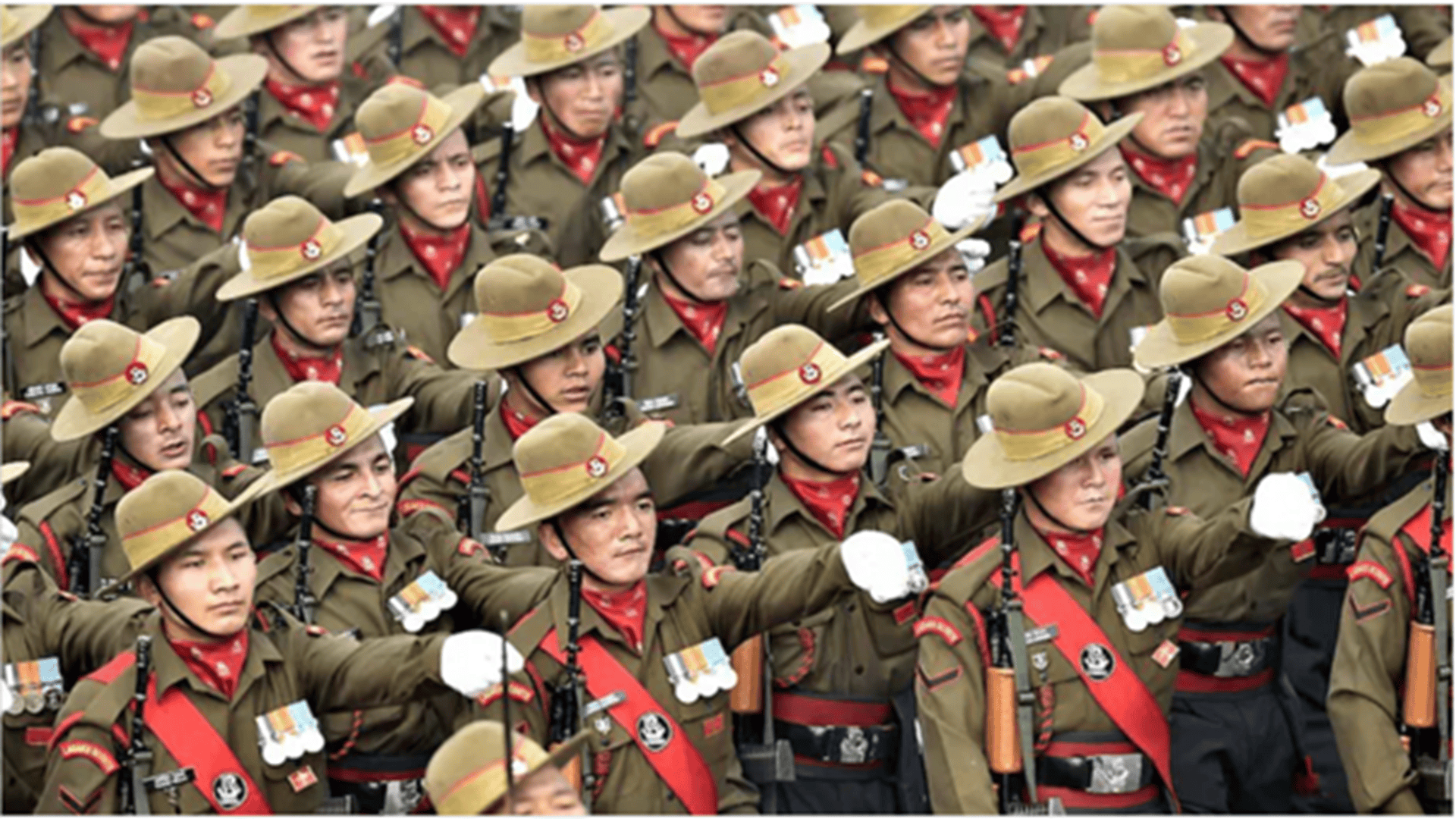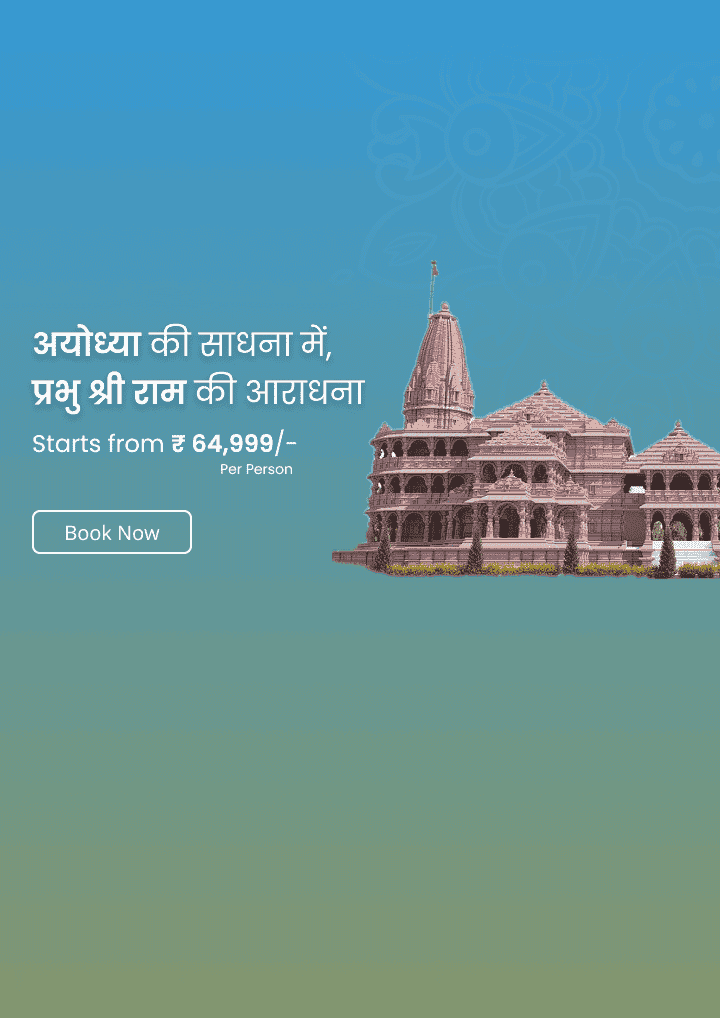Ladakh Scouts Day: Celebrating the Mountain Warriors of India
Key Highlights
- Ladakh Scouts Day is observed on 1st June every year.
- The regiment was raised on 1 June 1963 after the 1962 Sino-Indian war.
- Most recruits belong to Buddhist Ladakhi ethnic groups like Balti, Purig, and Ladakhi.
- The regiment evolved from the Nubra Guards and Indus Scouts.
- They specialise in high-altitude warfare and border patrols.
- Their war cry is “Ki Ki So So Lhargyalo”, meaning “Victory to God”.
- They have received several gallantry awards, including Ashok Chakra and Maha Vir Chakra.
- Played a crucial role in Kargil War, Siachen, and recent China standoffs.

Every year on 1st June, India celebrates Ladakh Scouts Day, marking the raising of the Ladakh Scouts Regiment. Nicknamed the Snow Warriors, these soldiers serve in some of the world’s most unforgiving conditions — high-altitude, snow-covered, and rough border terrain.
They are not just protectors of India’s northern frontier — they are sons of the soil, deeply rooted in Ladakh’s traditions, culture, and pride.
Origins: From Nubra Guards to Ladakh Scouts
Before the formal raising of the Ladakh Scouts in 1963, the region had local defence units like:
Nubra Guards (1948)
Formed to defend Ladakh during the first Indo-Pak war, the Nubra Guards were composed mainly of local youth from Nubra Valley and surrounding areas. They understood the mountains better than any outsider.
Indus Scouts (1952)
The Indus Scouts operated as a paramilitary force and were tasked with guarding the eastern borders along the Indus River valley.
After the 1962 war with China, the need for a specialised mountain force led to the merging of these units into the Ladakh Scouts. On 1st June 1963, the regiment was officially raised as a part of the Indian Army.
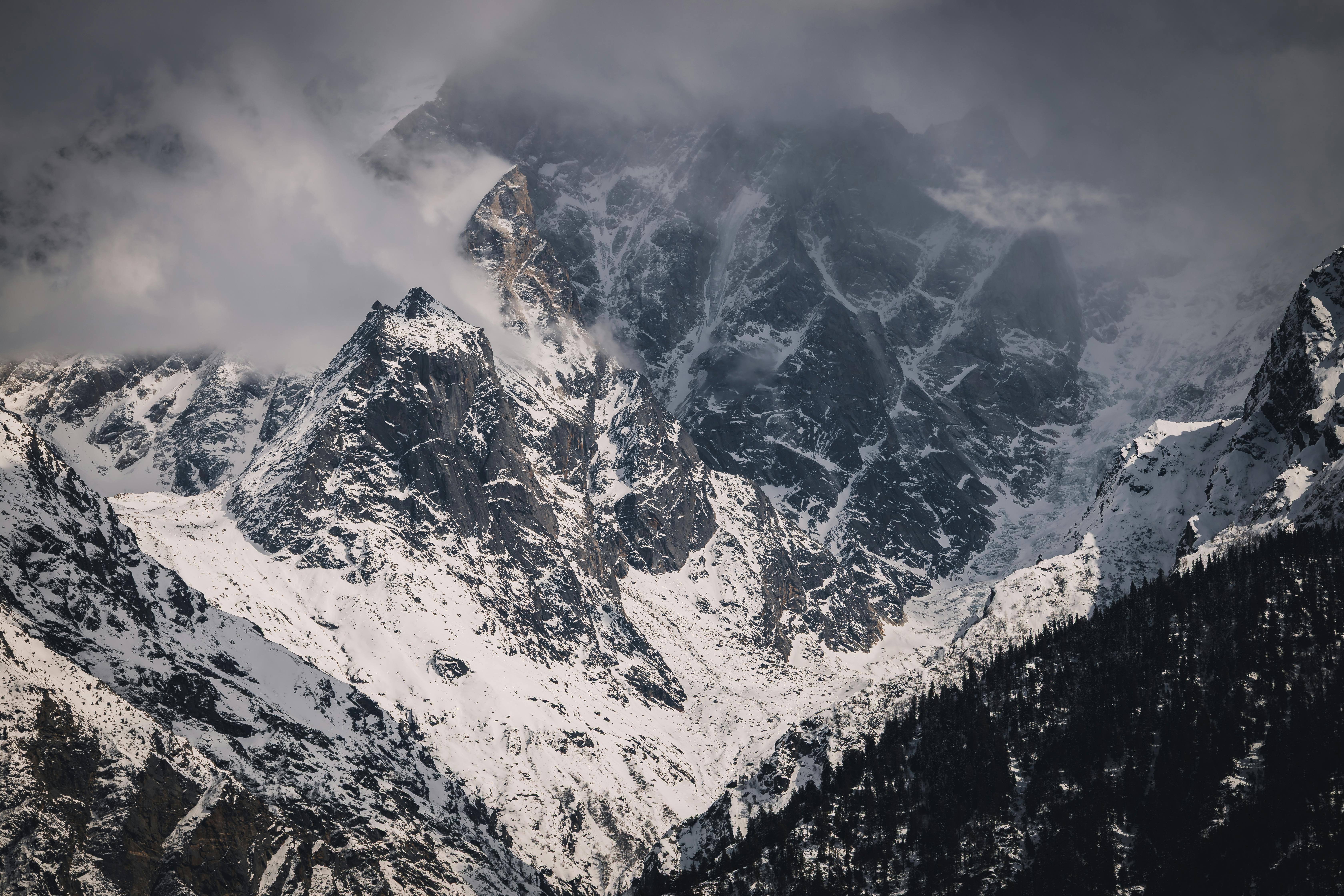
Ethnic Identity: Born for the Mountains
The strength of the Ladakh Scouts lies in its ethnically native soldiers, mainly from the Buddhist communities of the Ladakh region.
Most belong to:
- Balti (a Tibetan Muslim ethnic group)
- Purig (a mix of Tibetan and Dardic roots)
- Ladakhi Buddhists (ethnic Tibetans)
- Shia and Sunni Muslims of the region
These warriors are adapted to high altitudes, sub-zero temperatures, and rough terrain from birth. Their spiritual grounding, resilience, and deep love for the land make them ideal soldiers for border defence in the Himalayas.
Their Role and Expertise in Warfare
The Ladakh Scouts specialise in:
- High-altitude combat operations
- Cold weather warfare
- Surveillance and reconnaissance
- Counter-infiltration patrols
- Survival in sub-zero temperatures
They are often the first responders in border tensions with Pakistan and China. Based in Leh, their presence extends across key points in Siachen, Kargil, Turtuk, Pangong, and Tawang.
Gallantry and Glory: Historic Achievements
The Ladakh Scouts have shown unmatched bravery in:
Kargil War (1999)
They fought shoulder-to-shoulder with regular infantry to reclaim key peaks from enemy forces. Their knowledge of terrain and winter combat proved invaluable.
Siachen Glacier
The Scouts remain permanently deployed at the world's highest battlefield, maintaining vital posts in extreme cold and snow.
Operation Meghdoot
In the 1980s, they helped secure the Siachen Glacier and continue to play a critical role in safeguarding the region.
Honours and Awards
The regiment has earned:
- 1 Ashok Chakra
- 10 Maha Vir Chakras
- 2 Kirti Chakras
- 30 Vir Chakras
- Over 300 Sena Medals
Recent Engagements: Holding the Line
The Ladakh Scouts continue to be frontline defenders. In recent years, they’ve been at the centre of India’s high-altitude tensions:
Galwan Valley Clash (2020)
The regiment played a critical role during the standoff with Chinese troops in Eastern Ladakh. Their local knowledge helped the Indian Army hold strategic ground.
Deployment near Pangong Tso & Demchok
Their presence near sensitive areas like Pangong Lake, Hot Springs, and Depsang Plains remains crucial.
Regular Joint Exercises
The Scouts also take part in joint training missions with other Indian Army regiments, boosting high-altitude operational synergy.
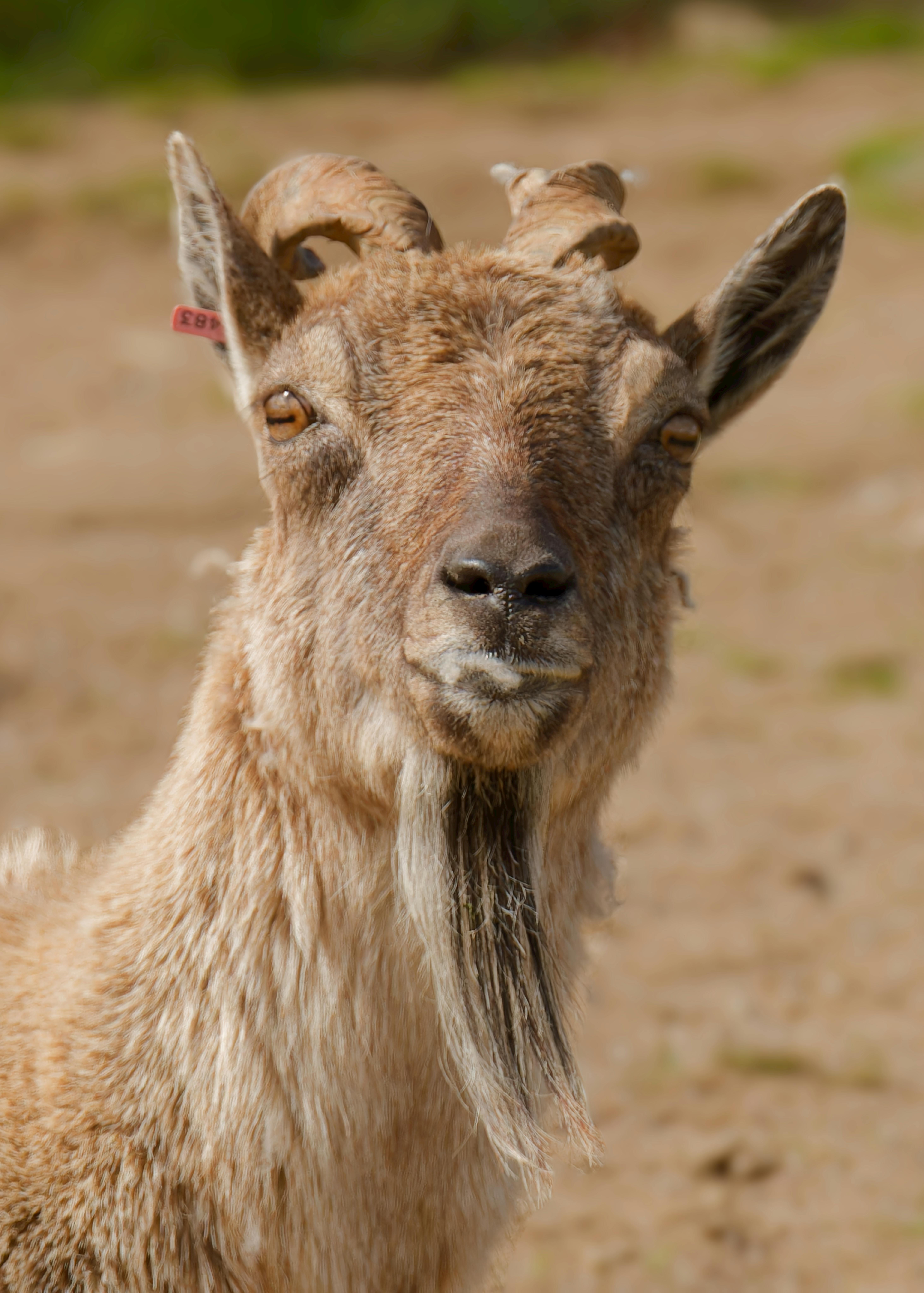
Culture, War Cry & Regimental Identity
War Cry: “Ki Ki So So Lhargyalo”
It means “Victory to God” — a cry that echoes through the mountains when the Ladakh Scouts march into battle.
Insignia
The regimental crest features the Himalayan Ibex, symbolising courage and the ability to scale any peak.
Uniform and Traditions
Their attire includes traditional Ladakhi elements — a tribute to their roots. Annual functions often showcase Ladakhi folk music, dance, and prayer ceremonies.
Diamond Jubilee and Annual Celebrations
In 2023, the regiment celebrated its Diamond Jubilee (60 years) in Leh. The event included:
- Parade and wreath-laying ceremony
- Cultural performances by local artists
- Speeches by army commanders and war veterans
- Tributes to martyrs and gallantry awardees
A Salute to the Sons of the Himalayas
The Ladakh Scouts are more than just soldiers — they are guardians of India’s most difficult borders, keepers of Ladakhi pride, and symbols of unmatched courage.
On Ladakh Scouts Day, we honour these snow warriors who stand tall on icy cliffs so that the nation sleeps in peace.
Let us remember their sacrifices, celebrate their achievements, and say with pride:
Ki Ki So So Lhargyalo!
Related Articles
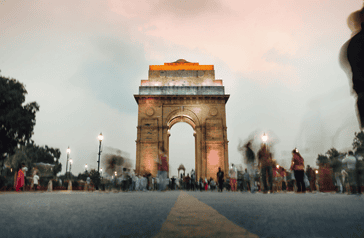
Life as a defence brat in India is unlike any other. Shaped by cantonment culture, discipline, adaptability, and resilience, every fauji kid carries unforgettable experiences and traits that set them apart.
Key Highlights
- Punctuality is your default mode. Time is sacred in a defence household.
- Answering “Where are you from?” is tricky. Home is everywhere and nowhere.
- You adapt like a pro; new schools, new cities, no problem.
- Cantonment culture is your comfort zone: canteens, mess halls, and parade grounds feel like home.
- Resilience is second nature. Goodbyes, relocations, and change are part of your DNA.
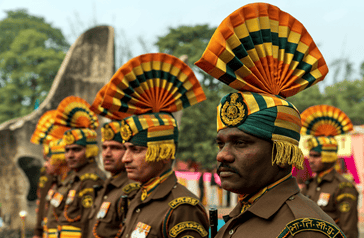
Part 1 explores the first 14 regiments of the Indian Army — their origins, mottos, war cries, and achievements. From the Madras Regiment to the Sikh Light Infantry, each carries a legacy of unmatched courage.
Key Highlights
- The Madras Regiment traces its roots to 1758, making it one of the oldest regiments in the Indian Army.
- The Rajput Regiment’s war cry “Bol Bajrang Bali ki Jai” echoes through some of the fiercest battlefields in history.
- The Sikh Regiment has the distinction of being the most decorated regiment of the Indian Army.
- The Gorkha Rifles’ fearless cry “Jai Mahakali, Ayo Gorkhali” has struck fear in enemies for centuries.
- Discover how regiments like the Dogras, Jats, and Garhwalis earned their legendary reputations in war.

Part 2 uncovers the stories of the remaining 13 regiments — from the Grenadiers to the Guards. Their mottos, war cries, and achievements continue to define India’s military pride.
Key Highlights
- The Grenadiers produced India’s first Param Vir Chakra awardee, Major Somnath Sharma.
- Maratha Light Infantry’s motto “Duty, Honour, Courage” reflects its centuries-old warrior tradition.
- The Gorkha Rifles’ unmatched bravery is etched in history — from World Wars to Kargil.
- The Naga Regiment’s unique war cry “Jai Durga Naga” mirrors its fierce cultural spirit.
- The Parachute Regiment and Brigade of the Guards symbolize the modern face of India’s military elite.
Related Post

Life as a defence brat in India is unlike any other. Shaped by cantonment culture, discipline, adaptability, and resilience, every fauji kid carries unforgettable experiences and traits that set them apart.
Key Highlights
- Punctuality is your default mode. Time is sacred in a defence household.
- Answering “Where are you from?” is tricky. Home is everywhere and nowhere.
- You adapt like a pro; new schools, new cities, no problem.
- Cantonment culture is your comfort zone: canteens, mess halls, and parade grounds feel like home.
- Resilience is second nature. Goodbyes, relocations, and change are part of your DNA.

Part 1 explores the first 14 regiments of the Indian Army — their origins, mottos, war cries, and achievements. From the Madras Regiment to the Sikh Light Infantry, each carries a legacy of unmatched courage.
Key Highlights
- The Madras Regiment traces its roots to 1758, making it one of the oldest regiments in the Indian Army.
- The Rajput Regiment’s war cry “Bol Bajrang Bali ki Jai” echoes through some of the fiercest battlefields in history.
- The Sikh Regiment has the distinction of being the most decorated regiment of the Indian Army.
- The Gorkha Rifles’ fearless cry “Jai Mahakali, Ayo Gorkhali” has struck fear in enemies for centuries.
- Discover how regiments like the Dogras, Jats, and Garhwalis earned their legendary reputations in war.

Part 2 uncovers the stories of the remaining 13 regiments — from the Grenadiers to the Guards. Their mottos, war cries, and achievements continue to define India’s military pride.
Key Highlights
- The Grenadiers produced India’s first Param Vir Chakra awardee, Major Somnath Sharma.
- Maratha Light Infantry’s motto “Duty, Honour, Courage” reflects its centuries-old warrior tradition.
- The Gorkha Rifles’ unmatched bravery is etched in history — from World Wars to Kargil.
- The Naga Regiment’s unique war cry “Jai Durga Naga” mirrors its fierce cultural spirit.
- The Parachute Regiment and Brigade of the Guards symbolize the modern face of India’s military elite.

